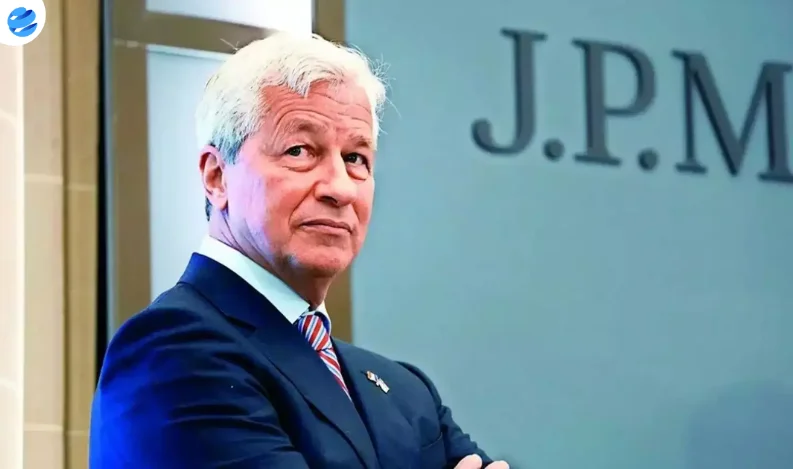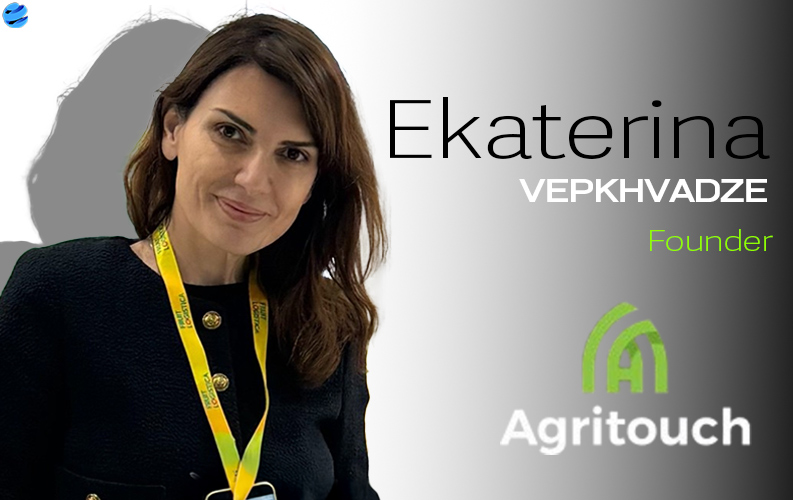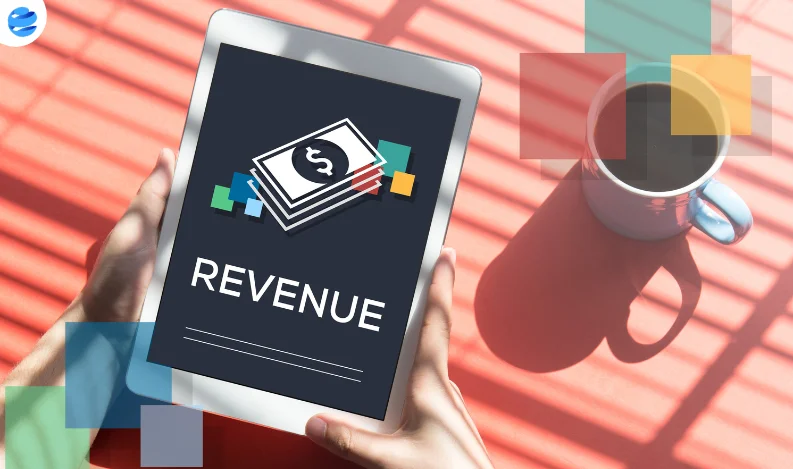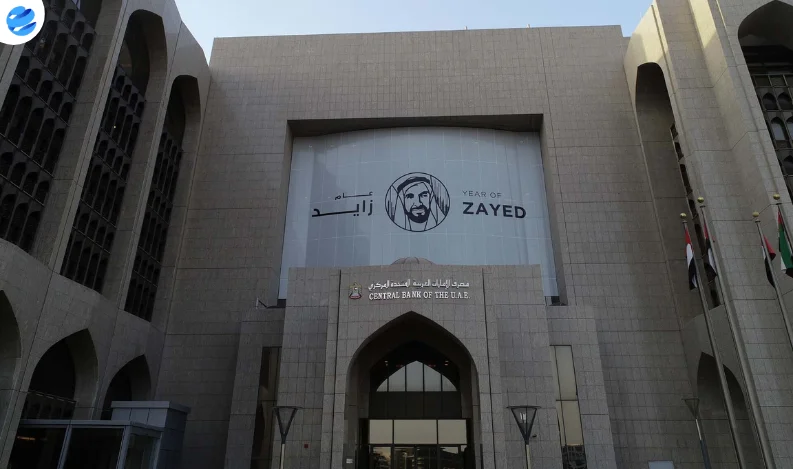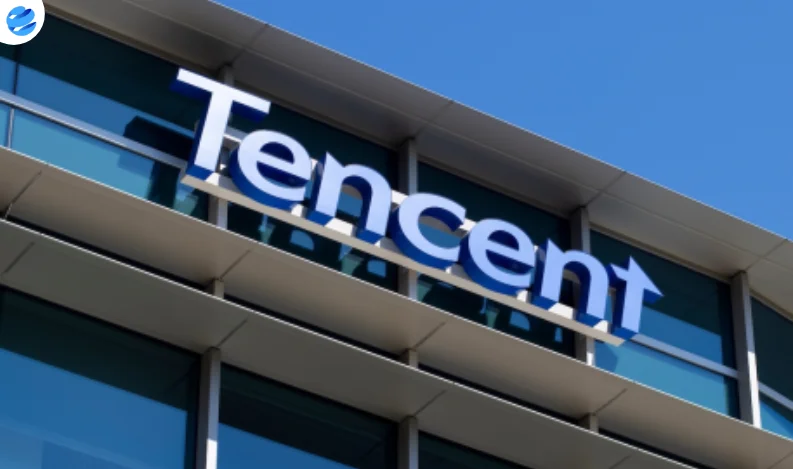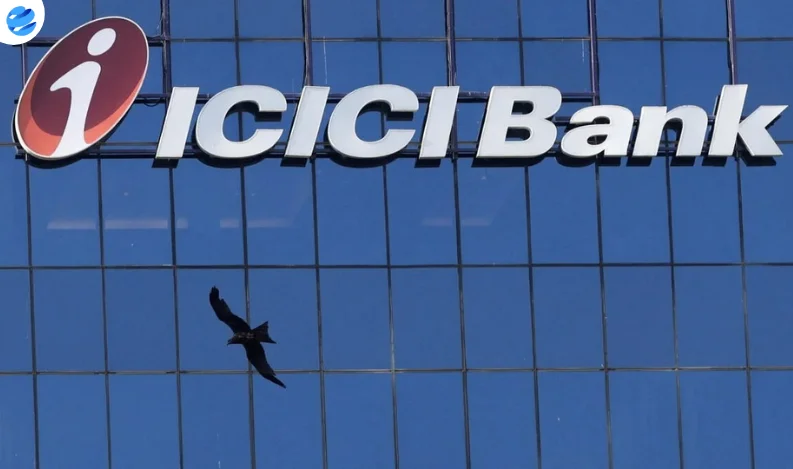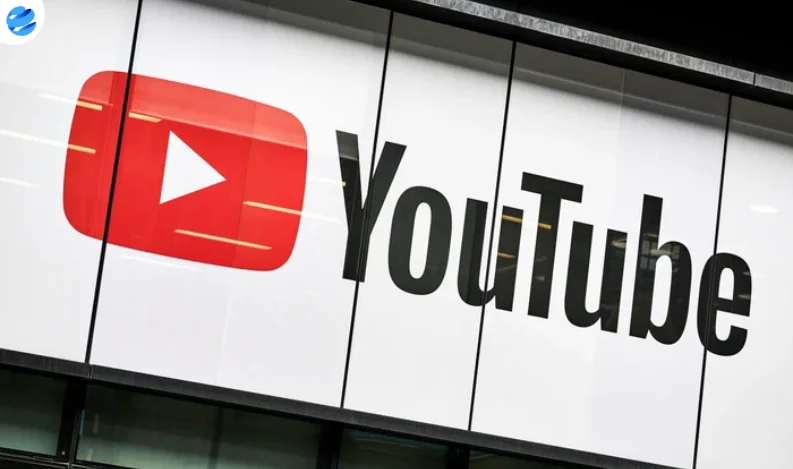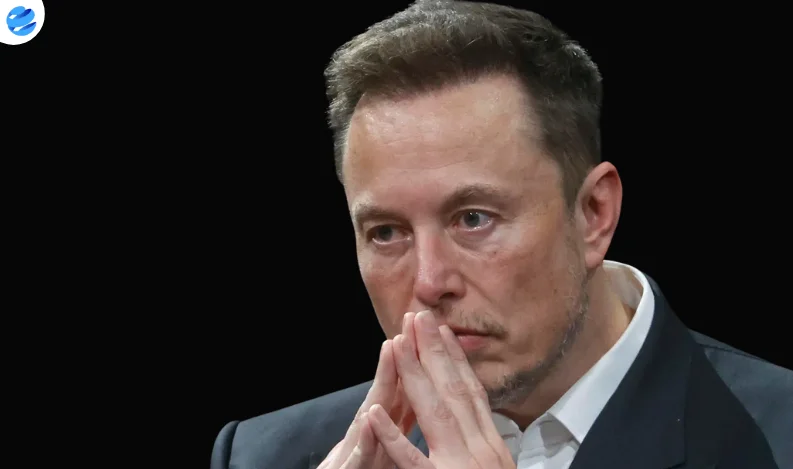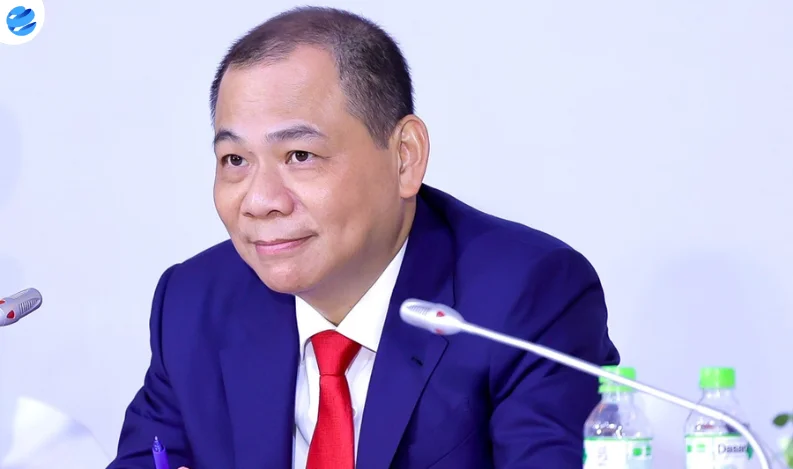JPMorgan Chase CEO Jamie Dimon continues to strike a cautious tone on the U.S. economy, despite overseeing one of the most profitable eras in the bank’s history.
Dimon, 69, who has led the financial giant since 2006, has increasingly voiced concerns over inflation, geopolitical instability, and long-term U.S. debt. From forecasting a looming “hurricane” in 2022 to warning that the current global landscape is “the most dangerous in decades,” his public statements have consistently leaned pessimistic.
Yet, paradoxically, JPMorgan is thriving.
The bank has reported seven record-breaking annual profits since 2015, including $58.5 billion in 2024 alone. Its strategic investments, $18 billion annually in technology, including AI, have positioned JPMorgan as the world’s most valuable financial institution.
Analysts suggest Dimon’s warnings serve both external and internal purposes. “It keeps the organization vigilant,” said Charles Peabody of Portales Partners. “He’s embedding a culture of caution.”
Dimon’s concern isn’t unfounded. He often cites the fragility of financial systems and points to the fates of Bear Stearns, Washington Mutual, and First Republic, all absorbed by JPMorgan after crises.
“Almost every major financial institution earning over 17% returns in the past went bankrupt,” Dimon recently said. “It’s a rough world out there.”
Despite his grim tone, the U.S. economy has remained resilient, with strong consumer spending and stable employment levels. Still, Dimon’s strategy of preparing for the worst, even during boom years, has kept JPMorgan ahead of its peers, particularly during volatile interest rate cycles.
As investors weigh optimism against realism, Dimon’s consistent warnings may reflect not paranoia, but calculated prudence, a philosophy deeply rooted in the volatile history of global finance.



